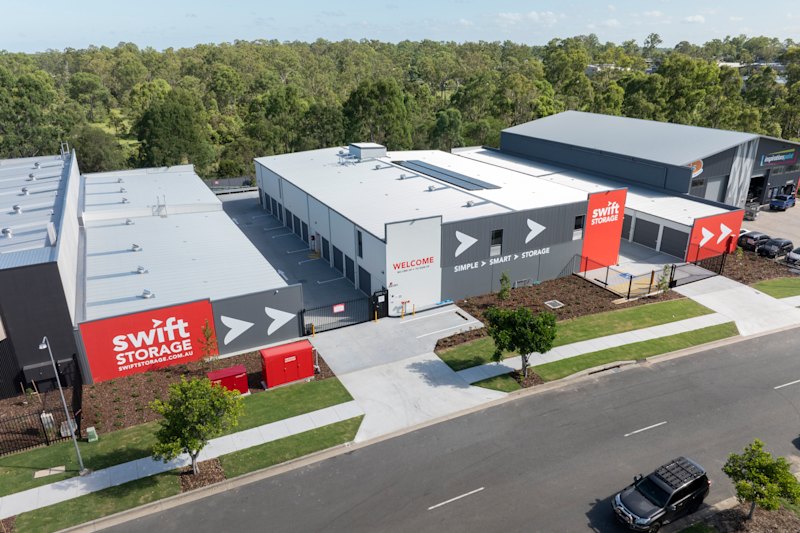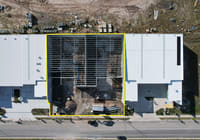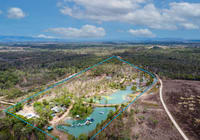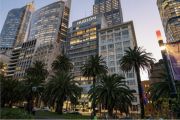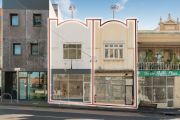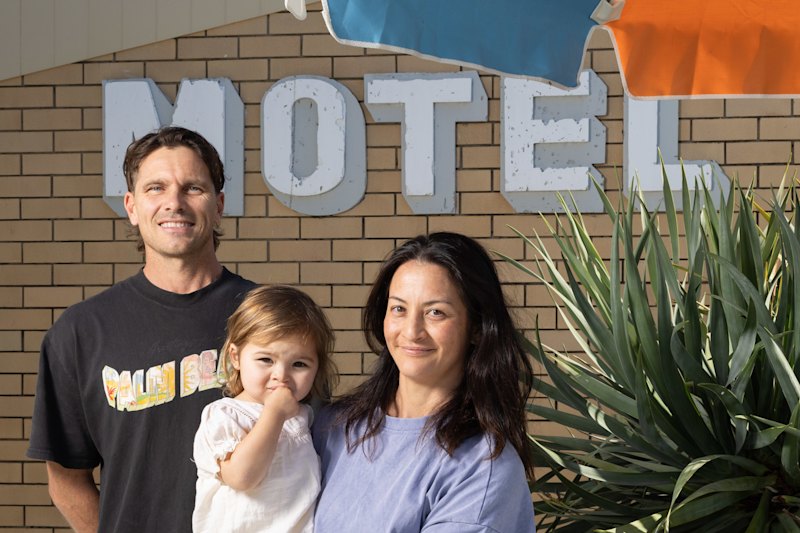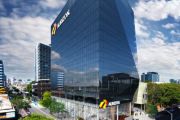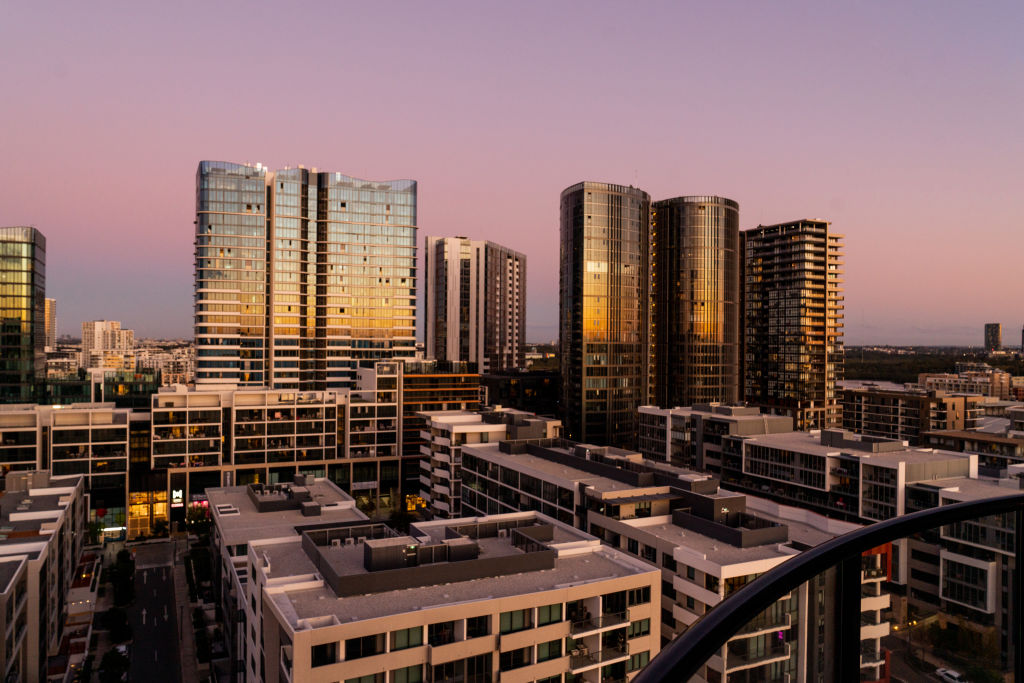
Disruption in demand sends office rents lower
Rents for prime office space in Sydney’s CBD could fall by 9 per cent by the middle of next year, and by even more in Melbourne, as weakening demand pushes vacancy higher, according to an industry analysis.
The disruption in demand will put a brake on new supply as major office projects take longer to establish sufficient pre-commitments to launch construction, according to a Colliers International report. That impact on supply should in turn allow the market in CBD office space to rebalance itself by 2024.
More immediately though, net effective rents – which take into account the value of incentives – are headed down. Premium rents could fall by 8.9 per cent to $734 per square metre annually in the CBD by June next year and by 10.7 per cent to $530 in Melbourne.
Vacancy rates could rise above 9 per cent in both cities by then. Among the other cities, Adelaide is worst hit with a forecast 23.5 per cent fall in rents to $163.
Those forecasts are base case expectations, according to Anneke Thompson, a consultant researcher for the report which generated several forecast scenarios to take into account the uncertainty of the situation.
“We’ve never had to forecast in an environment like this before,” she said.
White collar employment underpins office demand. Corporate tenants have already been giving up sub-lease space in near record amounts. The rapid embrace of working from home during the lockdown and its long-term implications, create further uncertainty for the outlook.
Border closures will hit the market hard because new migrants have been a major driver of demand for office space from the business services, education, finance and IT sectors, Ms Thompson said.
“It has never been more challenging to understand what employment and therefore demand conditions will be this year or next.”
The report’s base case forecasts are relatively conservative. Goldman Sachs expects vacancy in the Sydney CBD to peak about 13 per cent by the end of 2022, when net effective rents will fall by 40 per cent.
Peak vacancy, also close to 13 per cent, will hit the Melbourne CBD a year earlier, with net effective rents to drop by 42 per cent. Morgan Stanley tips rents to fall as much as 20 per cent in Sydney and Melbourne.
The country’s largest owner of office tower, Dexus, expects rising incentives could push net effective rents lower by 10 per cent to 20 per cent.
“We are expecting rents to be under pressure. Businesses are not in long-term decision-making mode at the moment,” chief executive Darren Steinberg said last week.
The lag between disruption in demand and its impact on supply will play out over the next four years, according Simon Hunt, Colliers’ managing director for office leasing, allowing office markets to find a balance, underpinned by the fiscal discipline of lenders in backing new development.
“Post-COVID, we expect that this discipline will get even tighter, and a number of projects will need higher pre-commitment hurdles to get built,” Mr Hunt said.


